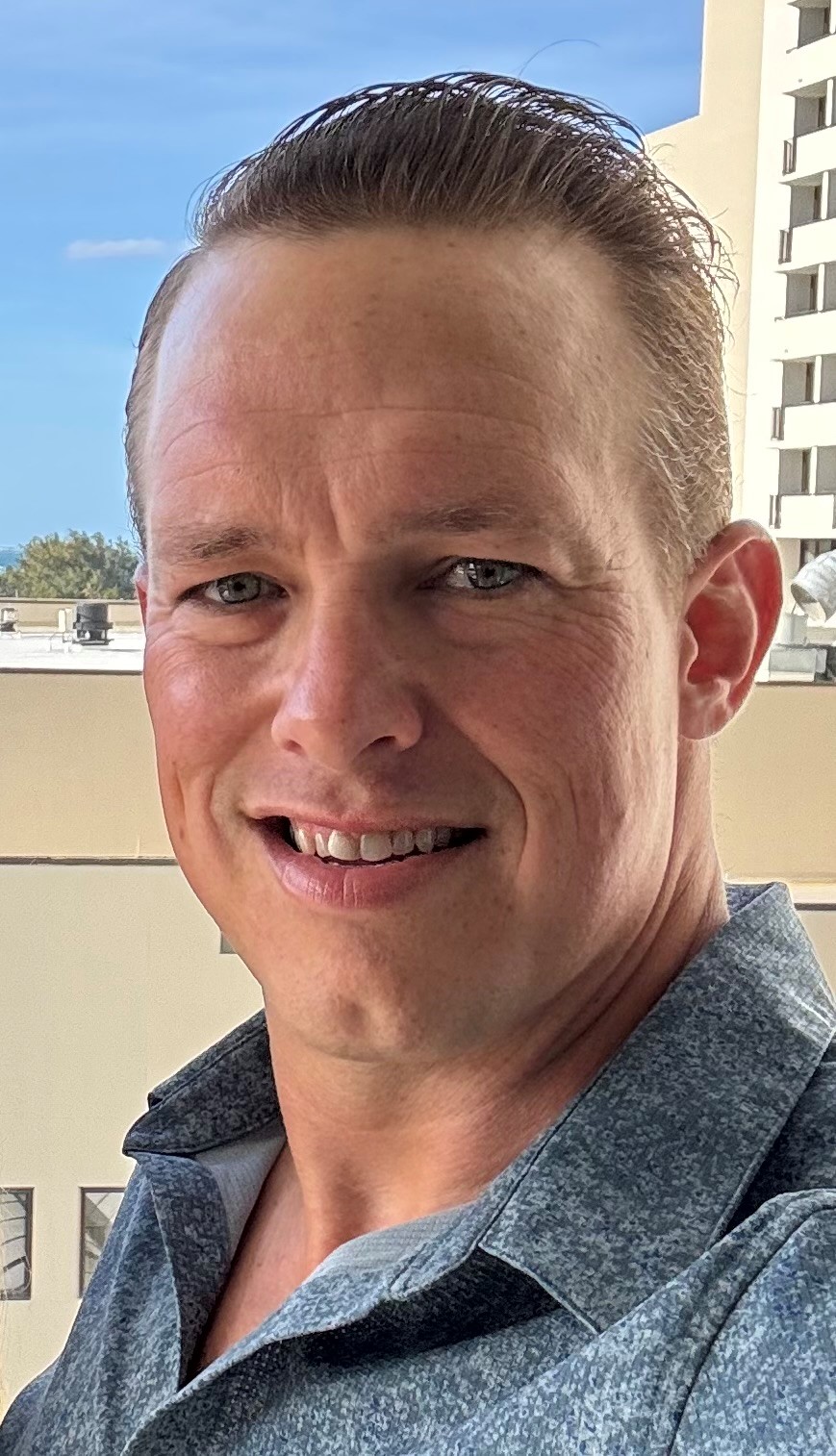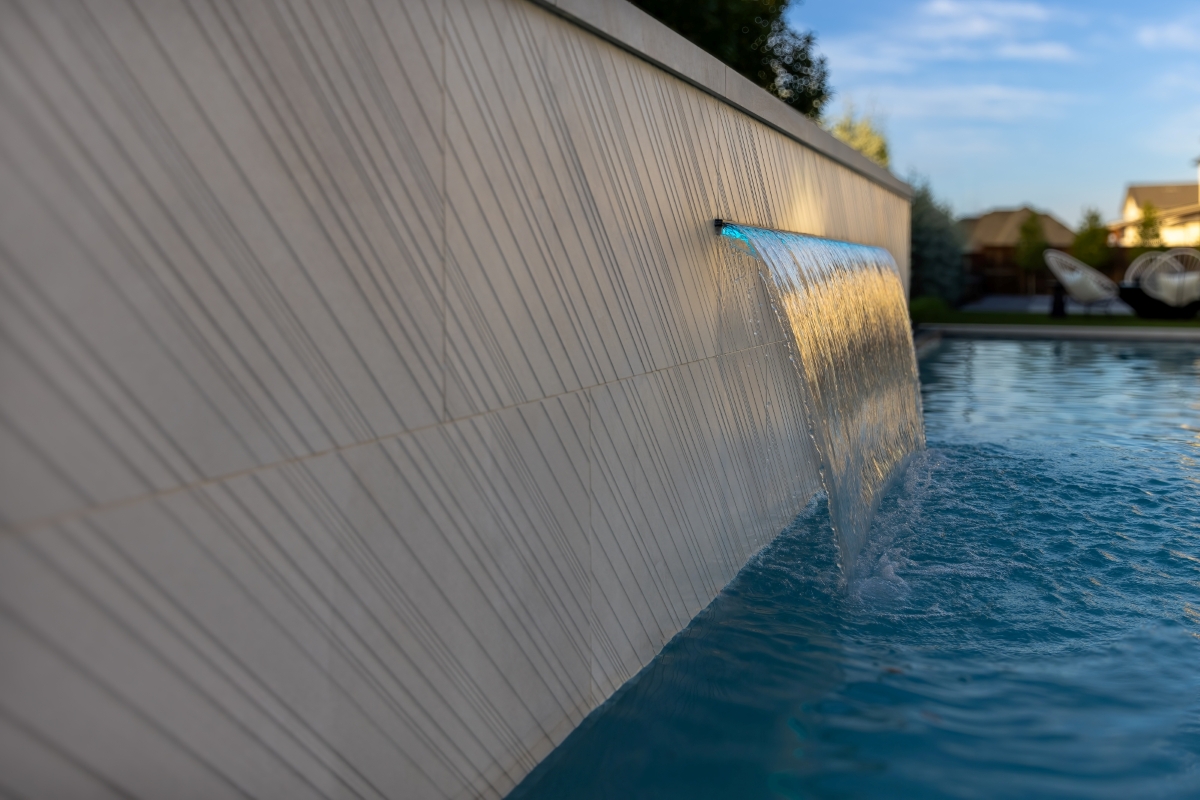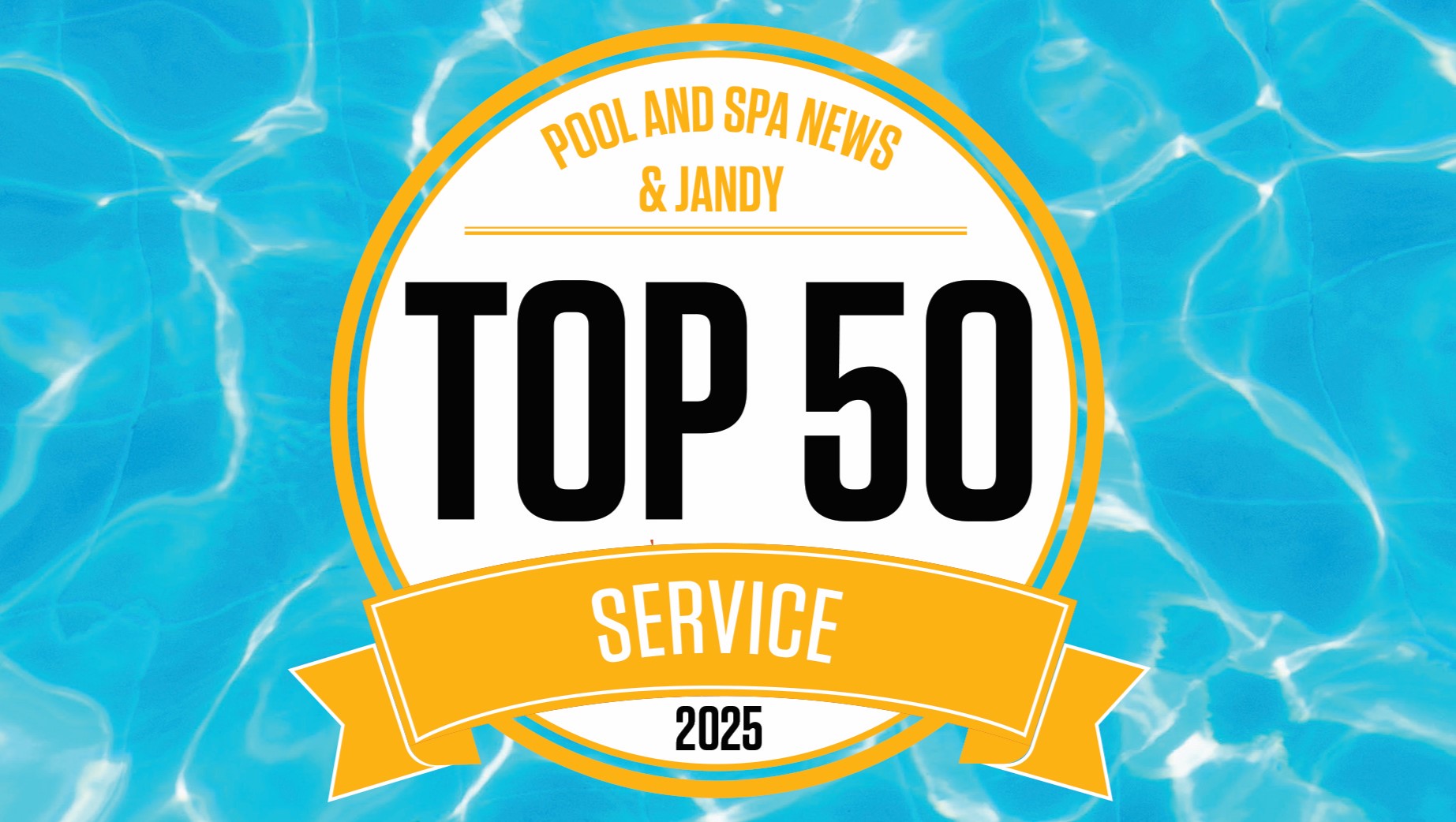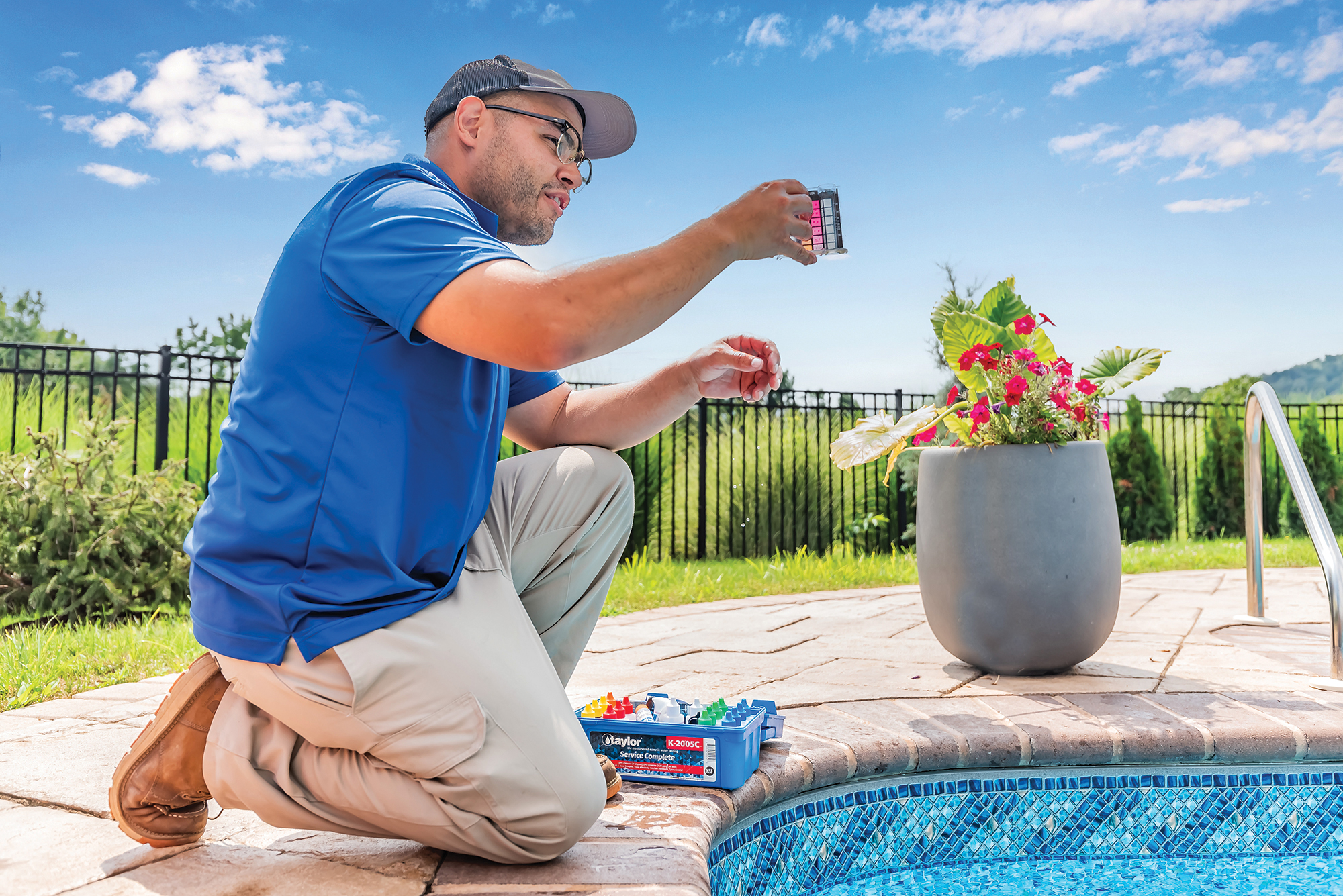The COVID bubble represented a lot of things. For PSN Top 50 Builder Erik Eikevik, more than anything it served as a magnifying glass, showing where his company could stand to improve.
With things slowed down now, he’s working on fixing those little, niggling imperfections.
“When you have that much business, there are more things that can get overlooked,” says the vice president and owner of Ike’s Carter Pool Companies in Oakland Park, Fla. “Especially when dealing with a shortage of products and labor, it just makes things hard, and more mistakes happen.”

With the chaos having dissipated, he can shift his attention to the big picture.
“We’ve been working on the business more because I have a little bit of free time and don’t ever want to go through what I went through with COVID,” he says. “COVID showed that I can always get better. We’ve really been working on that.”
To prepare his company for whatever the future brings, he and his team have recently focused on improving processes and procedures, as well as bringing in a new revenue stream to compensate for slowed-down construction, and making some cultural shifts to ensure he attracts and maintains the best staff possible.
The big picture
“We’re trying to build our processes better so if business slows down or we have more business in the future, we’re in a better situation to be more thorough and profitable,” Eikevik explains.
When his crews had to work at pandemic pace, certain patterns of worker error or oversight became apparent. With crews overwhelmed, he found that they sometimes would skip steps or make small mistakes. “We were seeing similar mistakes happen, whether something was missed when they were checking the gunite or shotcrete phase, or maybe an elevation was off.”
The company had already provided crews with detailed checklists to prevent such oversights, but in the rush they sometimes still occurred. So, to eliminate these patterns, Eikevik is digitizing processes as much as possible. Now, for instance, he uses a software that walks crews step by step through the process of checking a phase before moving on to the next one.
“Work orders come through the tablet or phone, and it has more of an automated process,” he explains. “[It will tell them], ‘Check the measurement here,’ and they check that off. Then it sequentially opens the next thing they’re supposed to check. When everything is checked off, that would alert our construction coordinator that it’s been approved.”
Management also wanted to improve company culture. It started by bringing in Eikevik’s wife, Jamie, to serve as Human Resources manager. He’s come to believe that having a dedicated person to manage HR, rather than leaving it to an office manager or department supervisors, is crucial, especially for larger companies or those looking to grow.
“We’ve made it so if you have any issues, you go to Jamie,” he says. “We make sure everybody knows they need to go to her. So there’s a pattern of how things are done… and she’s making sure there’s a streamlined process of how things are handled.”
Rising above the lowballers
Business has been steady enough for Ike’s Carter Pool Companies. However, in addition to the general slowdown experienced by many the last couple years, his market has been faced with a challenge that came as a result of the rapid and historic rise in demand for new pools in the early part of this decade.
“I feel like there are more pool builders than I’ve ever seen,” he says. “So some of those contractors are … having to be a lot more aggressive on their pricing. A lot of people don’t understand how to calculate their prices correctly. I see ads for $40,000 pools. I don’t know how they can build it for that much.”
To help compete and add to his backlog, Eikevik has initiated more collaborative work with custom-home builders.
“We probably added 20% to our revenue stream through that,” he says. “In 2019, we did 120 or 130 pools and the revenue was $7.4 million. In 2023 it was $7.8 million and we did 60 pools.”
Part of that resulted from the large increases in costs and, therefore, contract prices, he acknowledges. “But that also happened from the amount of high-end projects we do. It stabilized us.”
This kind of work isn’t for everyone. These alliances bring their own set of challenges.
“Some people like working with home builders, because you don’t have to work with the homeowner,” Eikevik says. “But some don’t [like it], because when you sign their contract you’re under their terms, and they pay when they want.”
When looking for these types of partnerships, he advises, pool builders must be very selective and go into the relationships with eyes open. “You want to be working with good established home builders who have some dignity,” he says. “You have to really have your ducks in order and be versed in your state’s laws and work with a lawyer to make sure you have your rights, [in case] somebody tried to not pay you or went out of business. You want to make sure you have good relationships.”
Positive outlook
While this year has been slower than the last few, Eikevik feels secure about the future of the industry. He takes that optimism from certain indicators, such as home building.
“I see developers still building homes,” he says. “Those home buyers may not be pulling the trigger to buy a pool at this point because the value on some of their homes have gone down right after they buy them. But if they’re still moving and building, and my commercial contracts are still building, it’s not as bad as some people make it out to be.”




